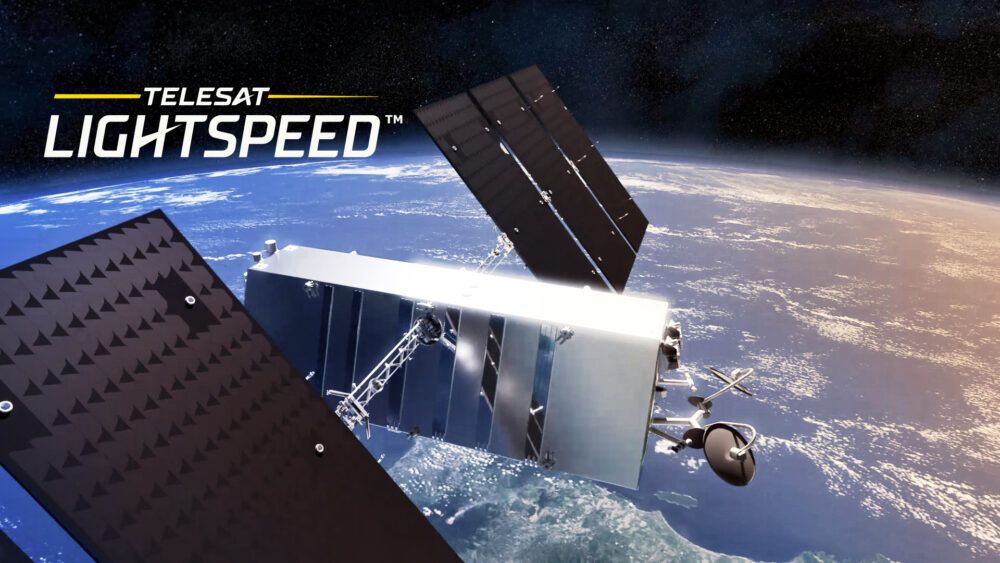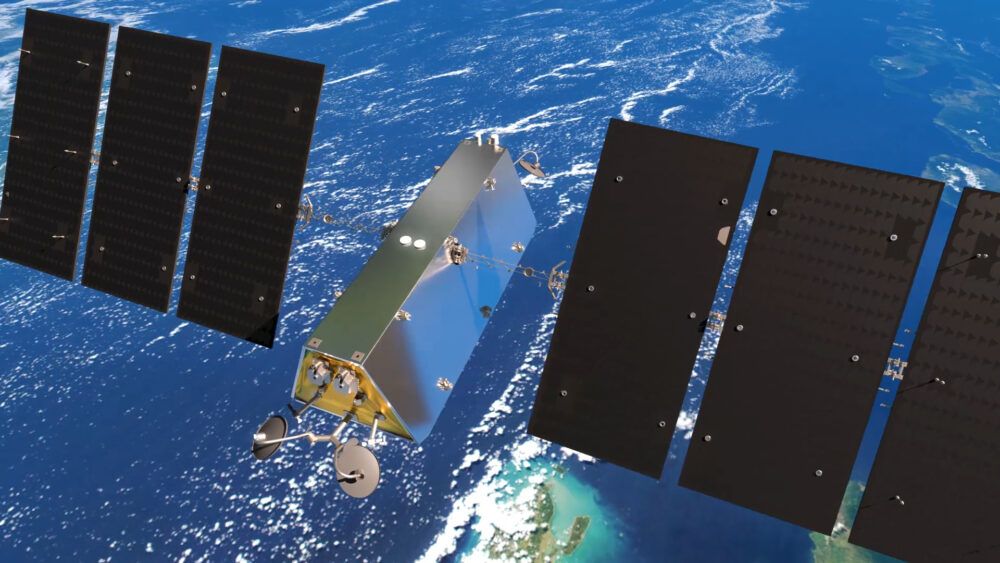Global Eagle has announced this week that it has achieved a crucial milestone in its bid to bring low-Earth orbit (LEO) connectivity to airline passengers. The Airconnect Ka IFC terminal has achieved verification for use with Telesat’s Lightspeed LEO network, proving its capabilities on this groundbreaking new platform.
Network simulations
Global Eagle has been working with Telesat since 2018, when Telesat launched the first of its LEO satellites into orbit. The low-Earth orbit constellation is targeted to be the first to provide connectivity to aircraft, bringing with it a host of benefits for passengers.
Having conducted inflight tests in October 2018, using Global Eagle’s Albatross Onetest aircraft with Gilat’s aero modem and Telesat‘s Phase 1 LEO satellite, the companies have been working hard to develop the infrastructure to support the wide deployment of the service. At the time, it was the first demonstration of an aircraft in flight communicating at broadband speeds with a LEO satellite.
Now, Global Eagle engineers have carried out a series of network simulations to determine the efficiency of its Ka IFC terminal, Airconnect. They undertook studies that simulated real-world demand on the setup, including online gaming, cloud-hosted platforms and high demand social media use.
The system was verified to be a success, delivering industry-leading performance in all uses. Mike Pigott, Executive Vice President Connectivity at Global Eagle, commented on the verification, saying,
“Achieving this critical milestone lays the foundation for the eventual certification of our Airconnect Ka solution on the Telesat Lightspeed constellation. Our airline customers will benefit from the extraordinary advantages of Telesat Lightspeed network earlier and with few upgrades required after installation.
“Telesat’s expertise and the advanced Telesat Lightspeed network make us proud to be working together to show the industry-changing capability of LEO. Since 2018, our partnership with Telesat has demonstrated the smooth transition from existing GEO satellite networks to LEO satellites inflight. We now have the confidence to begin installations this year.”
Why is LEO connectivity good for passengers?
The current tranche of inflight connectivity is usually provided by geostationary satellites (GEO), which are naturally a very long way away from Earth. This distance means they have a wider field of vision, but also means there is a good deal of slow-down in terms of transmission speeds.
With companies developing constellations of low-Earth orbiting satellites, the potential for much faster speeds and greater capacity is what’s drawing aviation to this solution. In the 2018 flight tests, Global Eagle established that LEO-based connections could support high demand activities such as movie streaming and video chat, with much more stable connections and lower latency than non-LEO connectivity could.
Tim Southard, Vice President of Networks at Global Eagle, explained some of the benefits of LEO connectivity for passengers, commenting,
“Our Airconnect Ka system, in conjunction with the Telesat Lightspeed network, will enable airline passengers to play online games like Fortnite and Roblox, live stream video, upload high quality holiday pictures and videos to Instagram and zip through Salesforce and Outlook tasks, as they would on broadband fiber, while at 40,000 feet.”
[iframe title="vimeo-player" src="https://player.vimeo.com/video/505317227" width="640" height="360" frameborder="0" allowfullscreen></iframe]
Although many companies are jostling for position in the LEO space, including SpaceX and OneWeb, Telesat’s Lightspeed constellation is the front runner in terms of inflight connectivity. While SpaceX has indicated it will make its network available to aviation, its first priority is connections on the ground. Lightspeed, in contrast, is targeting early uptake by the inflight segment of its customer base.
Erwin Hudson, Vice President of LEO at Telesat, explained,
“With Global Eagle’s Ka terminal evolution, airlines can be confident that they are future-proofing their connectivity decisions today. Telesat Lightspeed is the only enterprise-grade LEO network that can provide gate-to-gate, fiber-quality connectivity to every passenger on every flight, anywhere in the world.
“Collaborating with future-focused companies like Global Eagle will enable us to achieve our goal of transforming inflight connectivity with the Telesat Lightspeed network.”
This article is brought to you by Simple Flying Connectivity, a new category on Simple Flying dedicated to inflight connectivity. Click here to read all of our inflight connectivity content.




